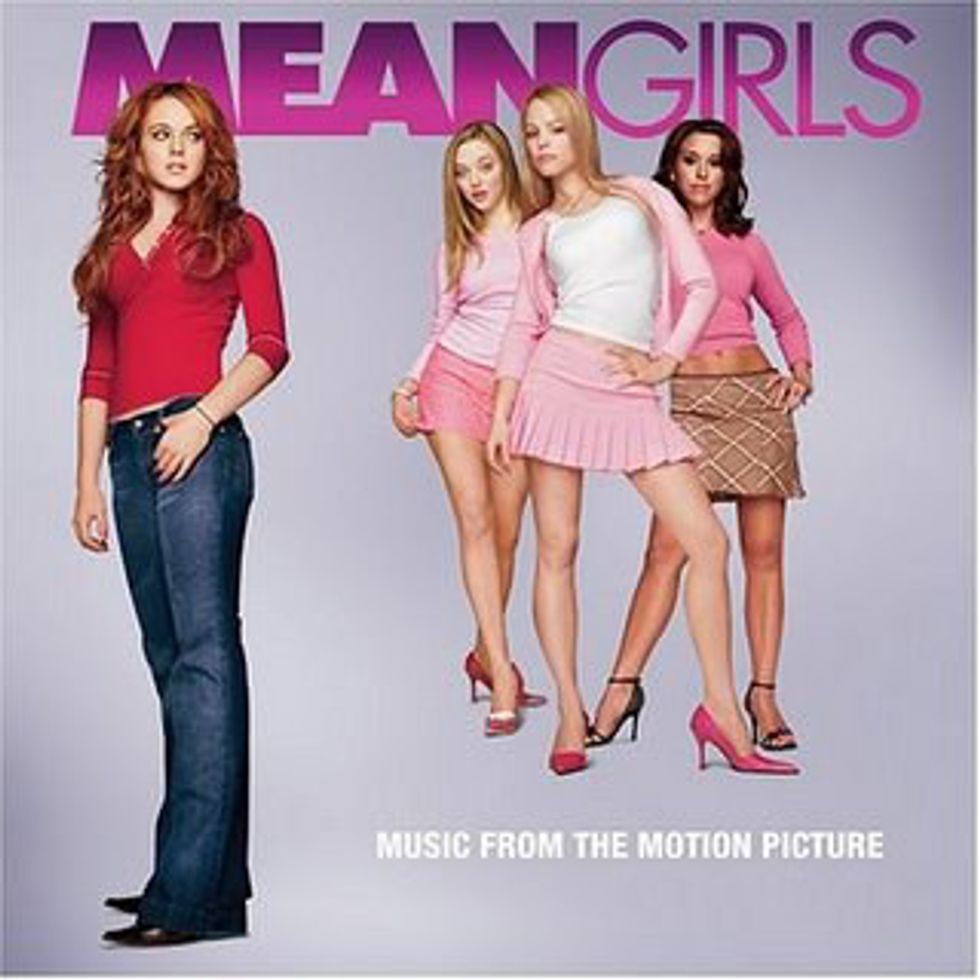 Long gone are the days of waiting for the Sunday paper. Social media allows for constant access to the news. This not only enables a never ending flow of information but also encourages reader interaction.
Long gone are the days of waiting for the Sunday paper. Social media allows for constant access to the news. This not only enables a never ending flow of information but also encourages reader interaction.
 In this past presidential Election news organizations such as ProPublica and First Draft News banded together to monitor social media with a common goal. They recruited hundreds of journalists who gathered on election day and kept a close eye on what was happening around America's polling stations.
In this past presidential Election news organizations such as ProPublica and First Draft News banded together to monitor social media with a common goal. They recruited hundreds of journalists who gathered on election day and kept a close eye on what was happening around America's polling stations.
https://firstdraftnews.com/catch-up-on-electionland/ In a sense, the Electionland project was an example of watchdog journalism in a digital age. It was intended to cover access to the ballot and problems that prevent people from exercising their right to vote during the 2016 election.
In a sense, the Electionland project was an example of watchdog journalism in a digital age. It was intended to cover access to the ballot and problems that prevent people from exercising their right to vote during the 2016 election.
 Not only were journalists reaching out to American voters via social media platforms like Twitter, Instagram and Facebook, they were also reaching out to each other. This consisted of both young college journalists and big names in the business.
Not only were journalists reaching out to American voters via social media platforms like Twitter, Instagram and Facebook, they were also reaching out to each other. This consisted of both young college journalists and big names in the business.
 Below is the link to the full list of Electionland partners:
Below is the link to the full list of Electionland partners:




https://projects.propublica.org/electionland/partn...
Arizona State University's Walter Cronkite School of Journalism and Mass Communications was one of the 13 journalism schools across the nation who recruited students for this project. 27 Cronkite students were able to participate in the innovative project. They worked with advanced social listening software and from there monitored social media feeds to check for anyone who may have been voicing a voting issue from long wait lines to possible voter suppression.

After monitoring the vote the Electionland team did something unprecedented. They used social media to report opposed to the traditional way of going out and finding a story to then report on social media. This project is just one of the many ways that journalism is adapting to our society's technological advancements.




















 Photo by
Photo by  Photo by
Photo by  Photo by
Photo by 

















